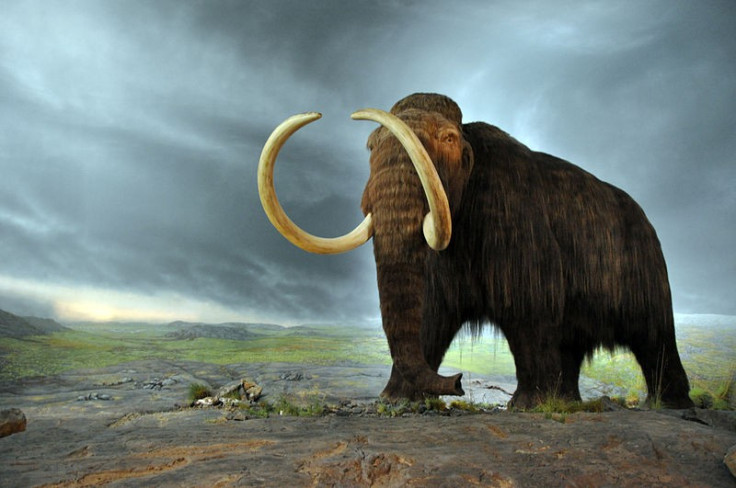Woolly Mammoth's Perfectly Preserved Trunk Edges Scientists Closer to Cloning Extinct Species
Researchers say flesh in mammoth appendage looks like animal has just been killed

Scientists are edging closer to bringing the woolly mammoth back to life after finding a "perfectly preserved" trunk in Russia.
The mammoth trunk looks like "freshly killed animal meat", providing the possibility that there are living cells that can be harvested from it and used to clone the extinct animal, the Siberian Times reported.
The trunk was part of a 10,000-year-old carcass that was found in May on Malolyakhovskiy island. It became the centre of global attention after a blood sample was taken from it.
The trunk was found during a second expedition to the site in August.
Semyon Grigoriev, head of the Mammoth Museum in Yakutsk, said: "It is the best preserved adult mammoth trunk ever found. Its red meat, skin and hairs are in good condition.
"For three days, it didn't fully melt, but we didn't need this. It was important to save some part of the biological material frozen inside. The trunk was detached from the beginning. It melted faster.
"We thawed it for one day, but not completely. We cleaned it and froze it again. The trunk is the most valuable part of the remains at the moment.
Cloning 'complicated'
"We understood this when we saw the red soft tissues inside. It looked like the meat of a freshly killed animal. It is red and we can see the muscle.
"It smells like not very fresh meat. Sometimes the remains of ancient animals are so decomposed that the smell is unbearable. It all depends on the preservation. Here it was better and the smell was not so strong."
The trunk has been transported to Yakutsk. Scientists from a number of countries were seeking permission from Russian authorities to export samples to enable DNA sequencing.
Grigoriev said that suggestions of cloning a woolly mammoth from its remains should be treated with caution. Bringing the species back to life would be a "complicated task", he said.
"We hope to find so called 'living cell' in the samples," Grigoriev added. "That means we can get the least damaged DNA and first of all - nuclear DNA. But this is only a midway point.
"The next question is how to use an elephant in the cloning process. The evolutionary path of the mammoth and the elephant diverged a long time ago. So even if we could get a living cell we need to have a special method of cloning. The Koreans are working on getting the clones from different species but it is not so fast.
"If we do not get a living cell, we will have a longer route. Then we should create artificial DNA. It could take 50 or 60 years."
© Copyright IBTimes 2025. All rights reserved.






















